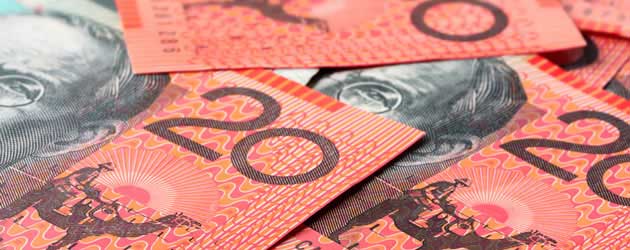
The Pound to Australian Dollar exchange rate struck a fresh 7-month high of 1.5738 last night as the Antipodean currency continued to slide on concerns over the health of the domestic economy.
The latest 0.75 cent GBP/AUD rally appears to have been influenced by the surprisingly resilient US Consumer Confidence figures. US Consumer Confidence printed at a staggering 76.2 for May, rising from 69.0 and smashing predictions of just 71.2. The unexpectedly robust score was especially pleasing for traders of the US Dollar because it suggests that the ‘fiscal cliff’ and ‘sequestration’ of spending cuts and tax rises earlier on in the year may not have had a large dampening effect on consumer sentiment.
Lynn Franco, from the Conference Board that compiled the result said:
“Consumers’ assessment of current business and labour-market conditions was more positive and they were considerably more upbeat about future economic and job prospects…Consumer Confidence is on the mend and may be regaining traction it lost due to the ‘fiscal cliff’, payroll tax hike and ‘sequester’”.
The 5-year high Consumer Confidence index is also notable because it could persuade the Federal Reserve that now is the right time to begin tapering its asset purchasing programme in order to start normalizing the rate of monetary loosening. It is this notion that negatively impacted the ‘Aussie Dollar’: with Central Bank stimulus in the world’s largest economy looking increasingly likely to be wound down later this year, the high-risk Australian Dollar no longer looks such an attractive investment for currency traders.
Chinese output is cooling down and this has taken its toll on Australia’s lucrative mining industry, To combat this negative phenomenon, the Reserve Bank of Australia has introduced a series of interest rate cuts – the latest of which brought the RBA cash rate to an all-time low of 2.75%.
The difference in yield between Australian 10-year debt and US 10-year government bonds fell to just 116 basis points yesterday, its lowest level since November 2008, as investors refused to buy Australian paper with lower profit margins. This move reflected a growing trend for investors to eschew the Australian Dollar in recent weeks. Indeed, the Australian Dollar has fallen by around -11 cents against Sterling (GBP/AUD) and -10 cents against the US Dollar (AUD/USD) since April 12th.
Michael Turner of the Royal Bank of Canada said:
“The diminishing yield differential is one argument for the ‘Aussie’s’ move lower. There certainly seems to be some downside risk to growth in Australia. The risk is skewed for more easing by the RBA”.
With little on the economic docket this week to ignite the senses, it seems likely that the Australian Dollar will continue to fall against both the Pound and the US Dollar as markets find out just how low they can push the ‘Aussie’. Whilst the global financial crisis allowed the Antipodean currency to take on the dual role of high-yield and haven, the current economic climate favours the US Dollar and this bodes badly for the ‘Aussie’ across the board. If AUD/USD continues to go down, it is very likely that GBP/AUD will maintain its upward bias.

Comments are closed.